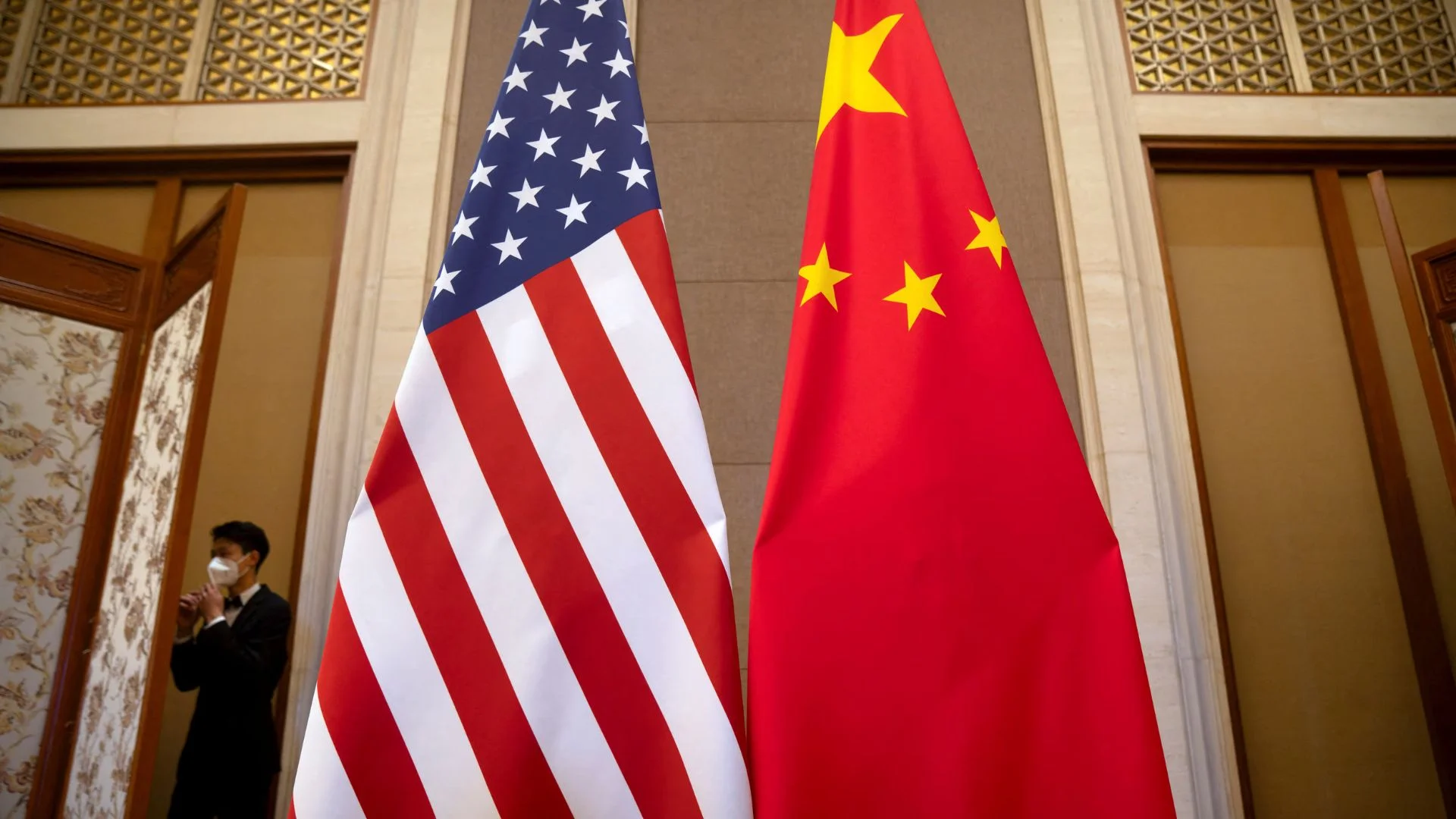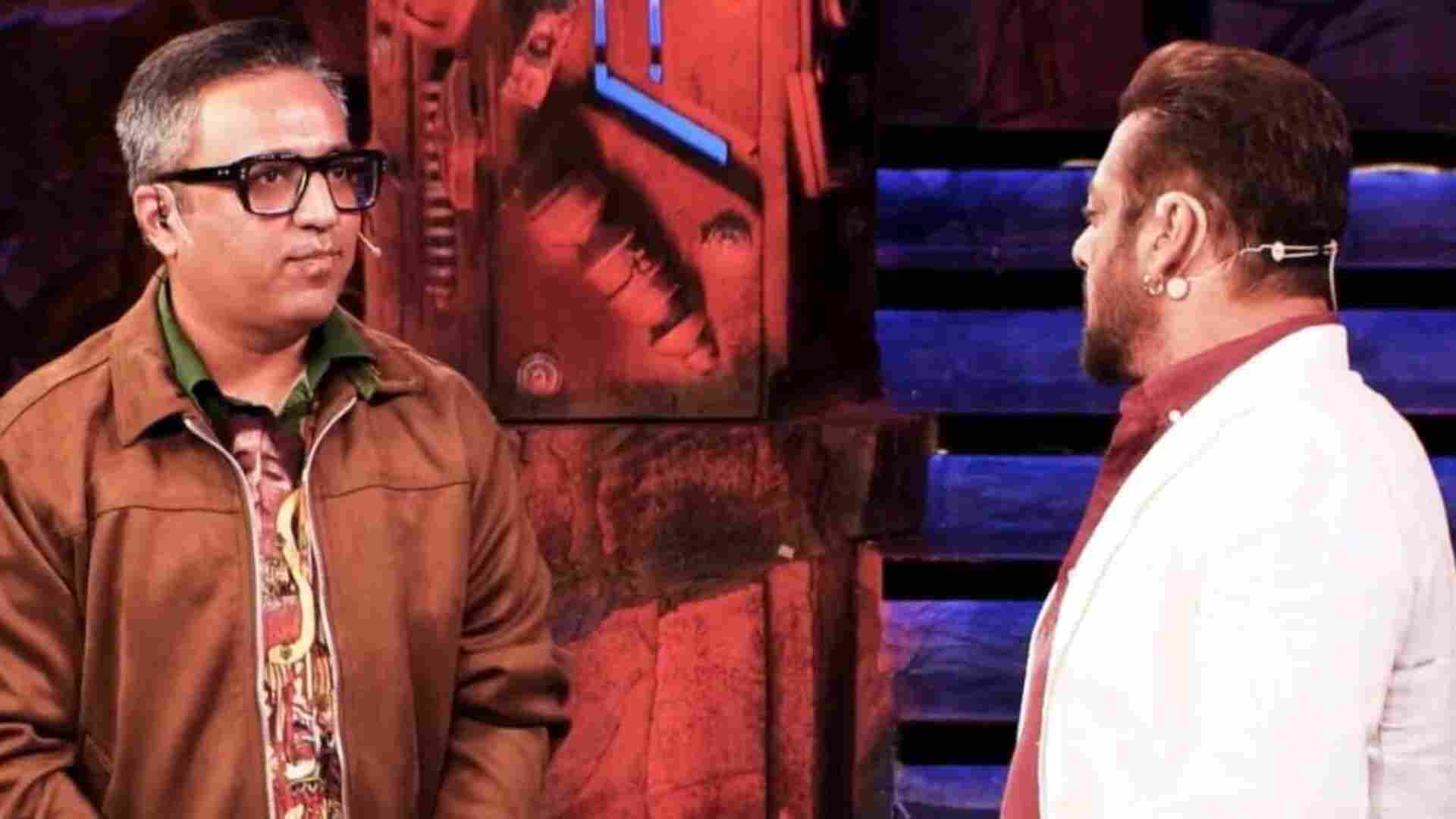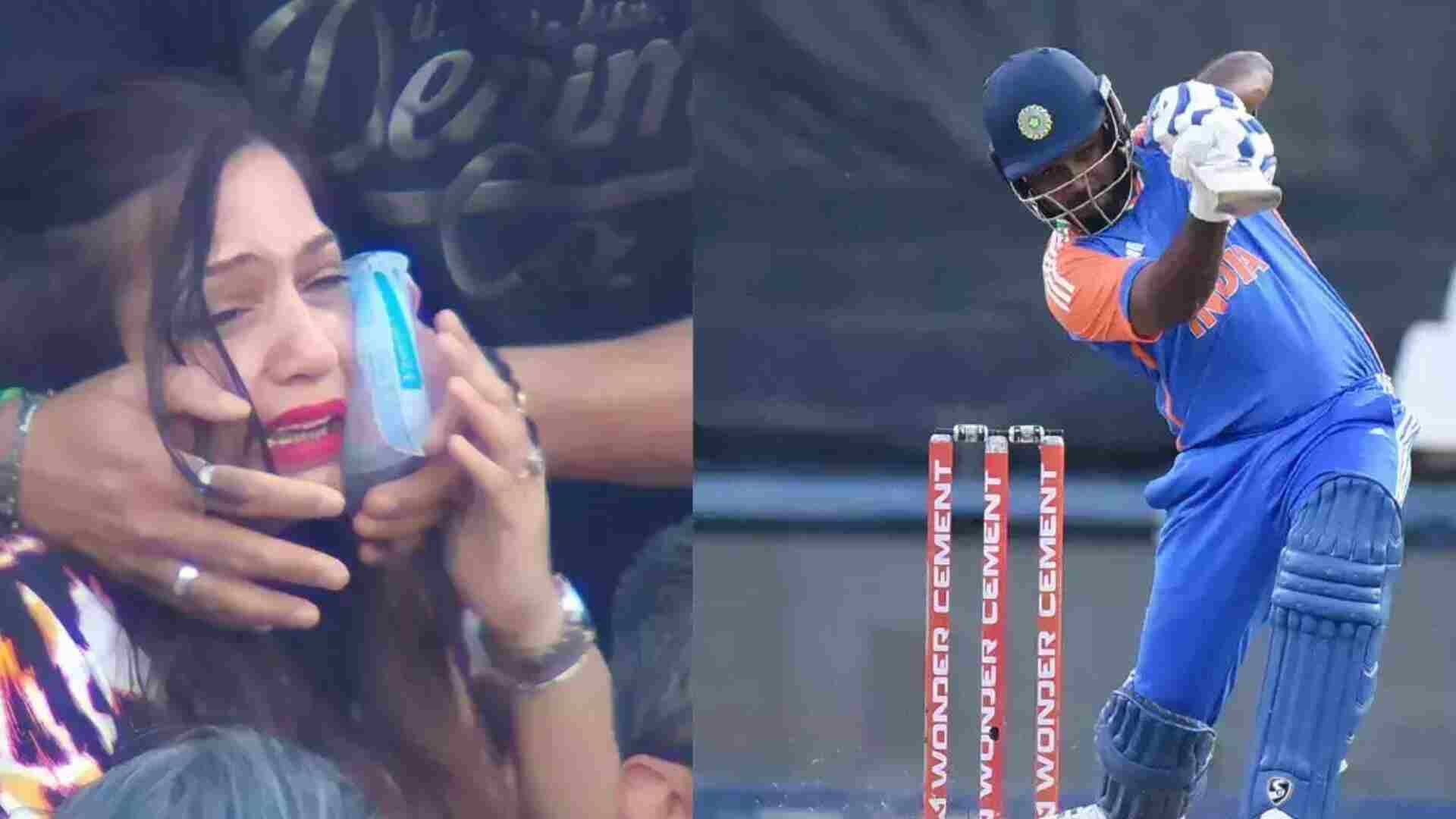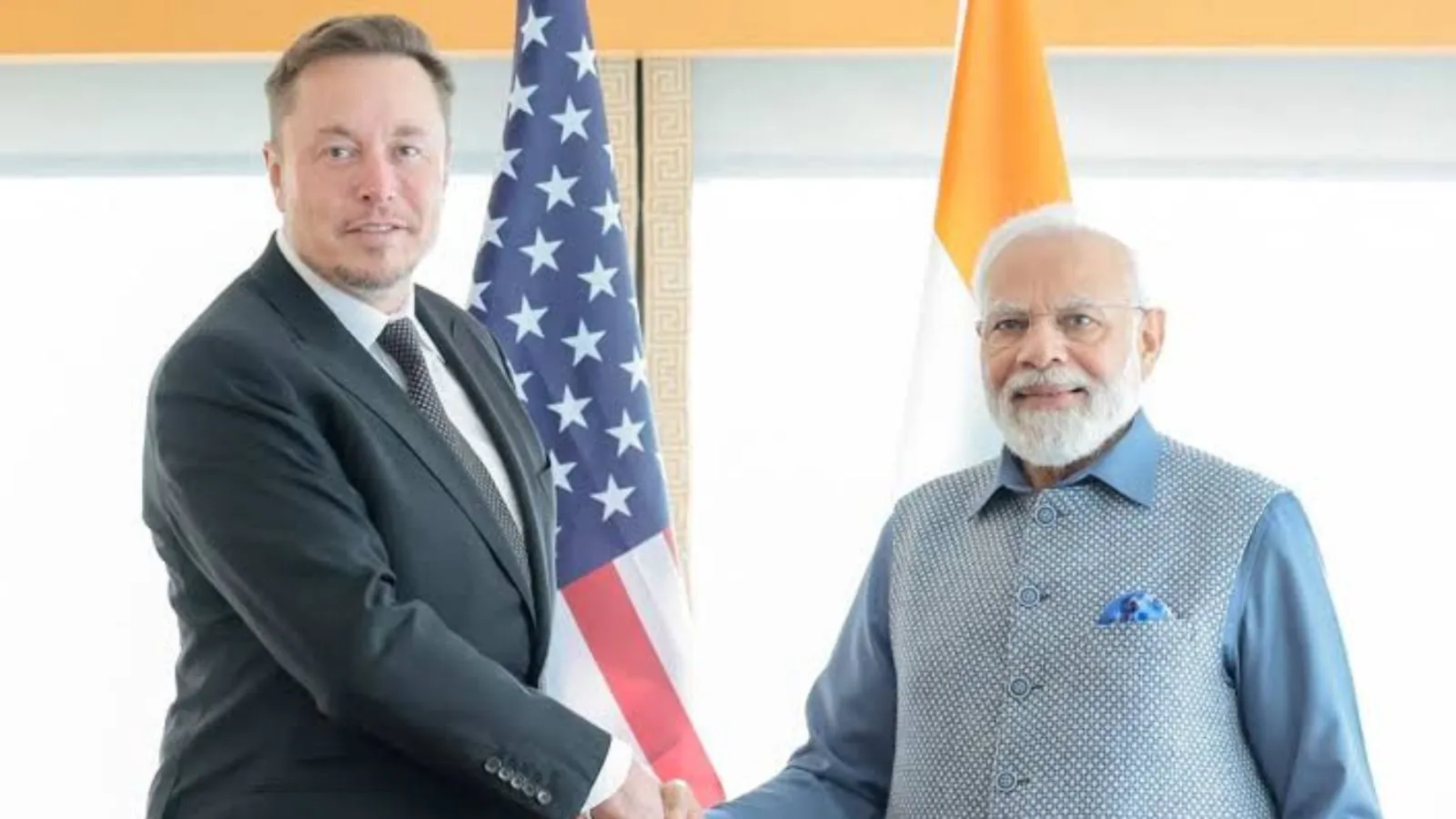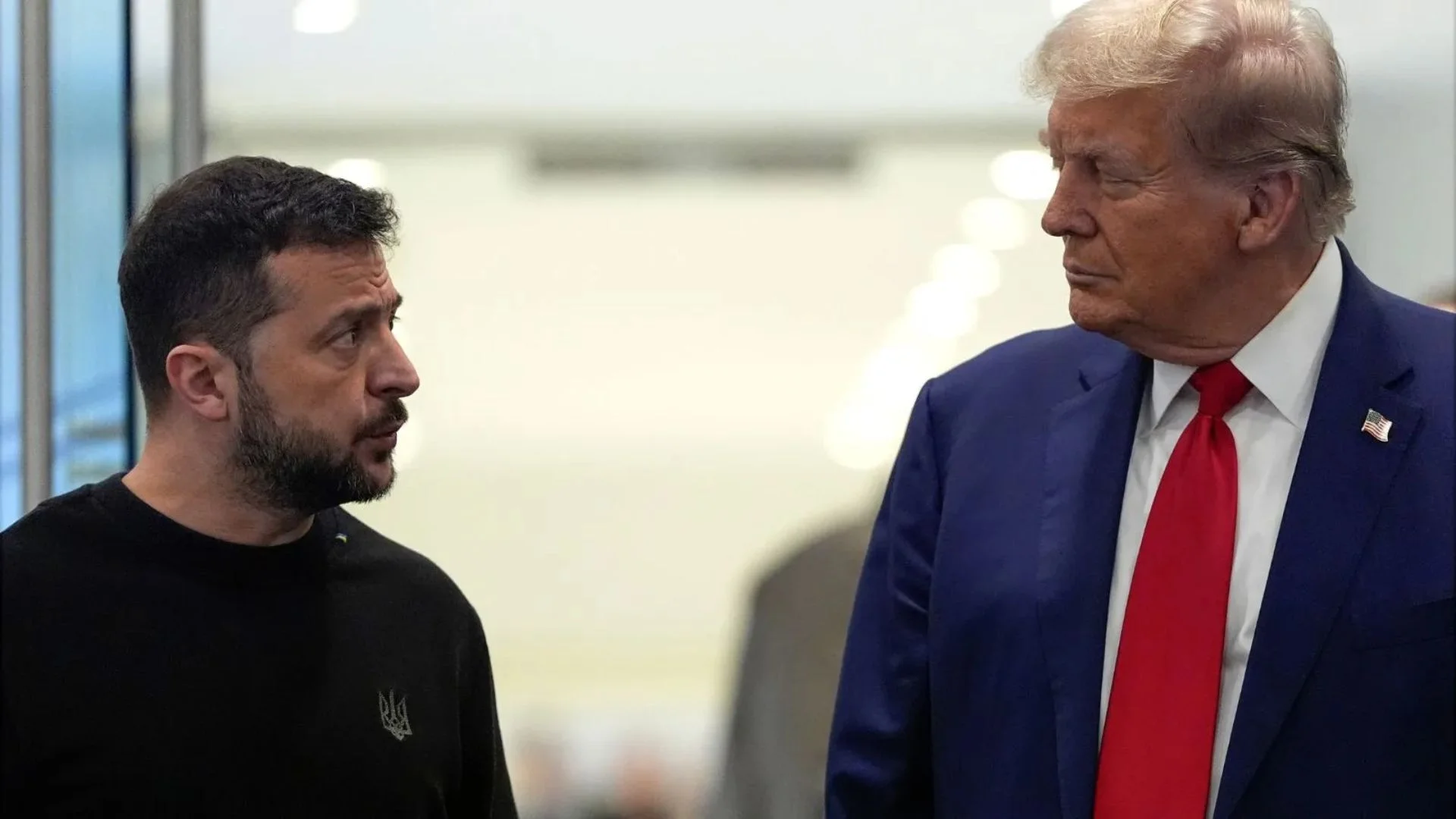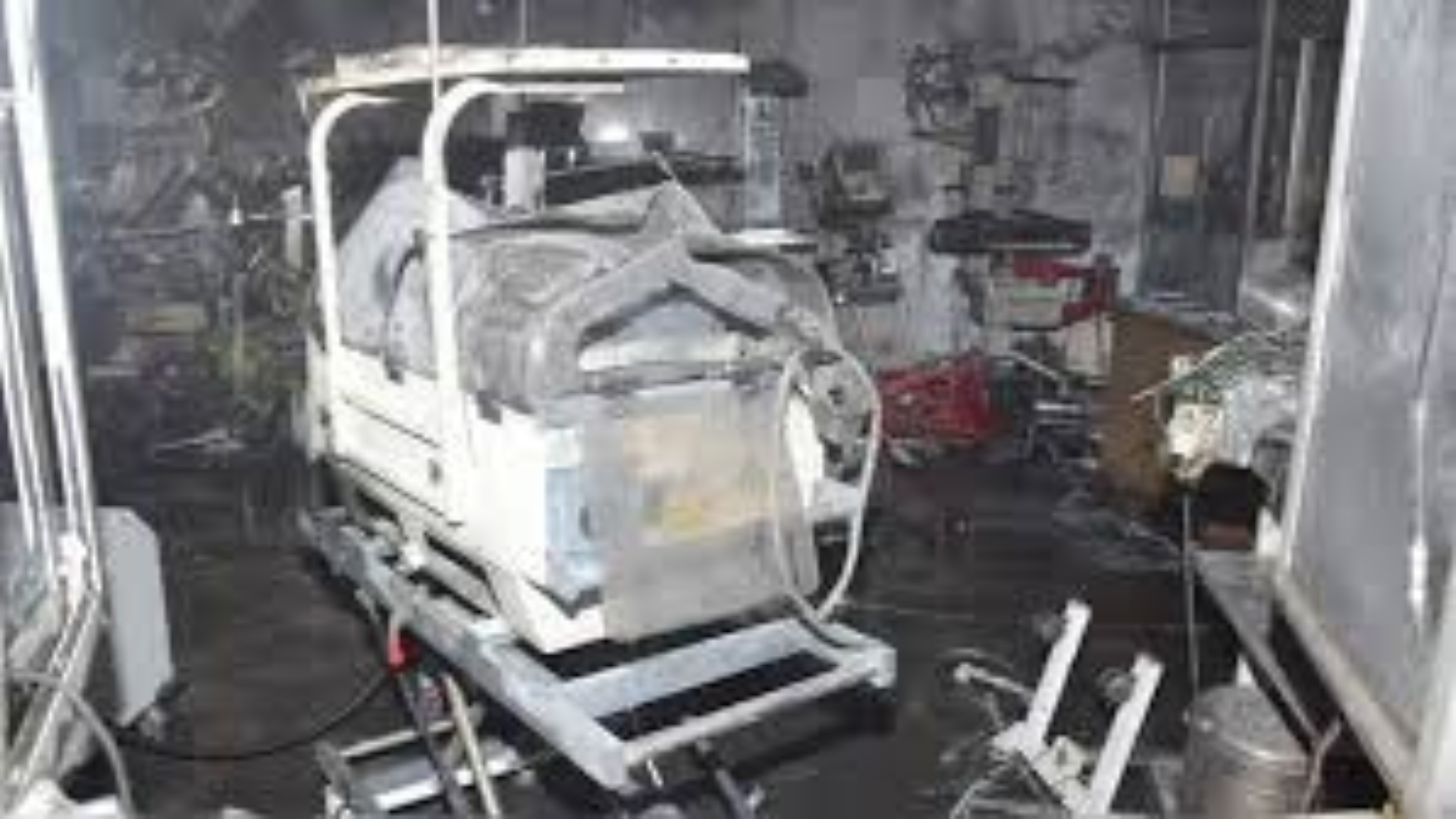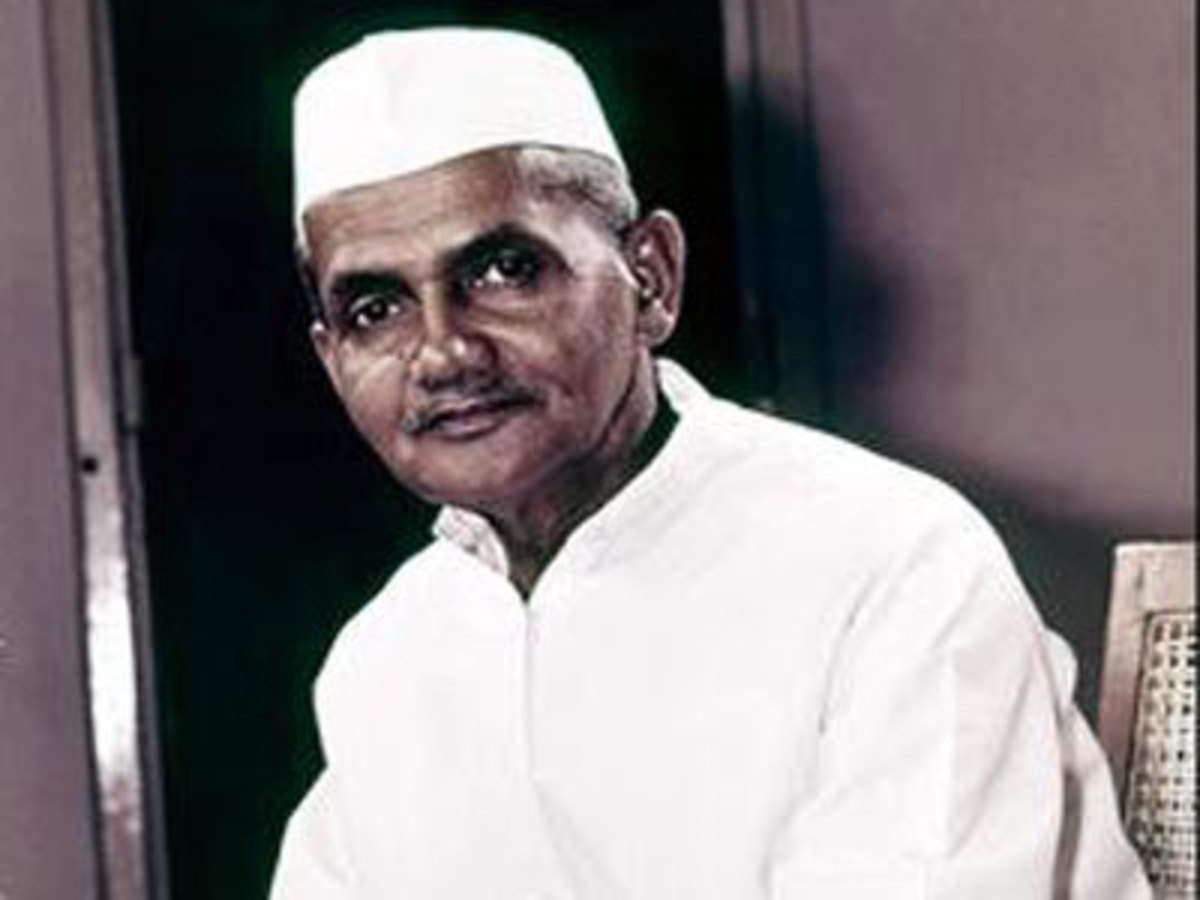
The unimpeachably honest 5 feet 2 inches tall mighty second Prime Minister of India Lal Bahadur Shastri was born on 2nd October, 1904 in Mughalsarai, officially known as Pandit Deen Dayal Upadhyaya Nagar, a small but bustling railway town close to Varanasi in Uttar Pradesh. Shastri’s birthday happily coincides with that of the Father of the Nation Mahatma Gandhi. On the auspicious occasion of his 117th birthday in 2021, our Prime Minister Narendra Modi twittered his personal homage, ‘Tributes to former Prime Minister Lal Bahadur Shastri ji on his birth anniversary. His life based on values and principles will always remain a source of inspiration for the countrymen’ Significantly, Shastri coined the eternally electrifying seminal slogan ‘Jai Jawan! Jai Kisan!’ and fathered the “Green Revolution” (the agrarian movement that catapulted India to self-sufficiency in foodgrain production enabling it to achieve a record level of over 300 million tonnes in 2021-2022!) as well as the ‘White Revolution’ (the national campaign to increase the production of milk that eventually culminated in India becoming the largest milk producer in the world with a staggering output of over 200 million metric tons in 2021-22!).
On 11th January, 1966, a date which will live in infamy as one of the darkest days in India’s chequered history, this proud and noble son of India was unexpectedly snatched away from our midst by the cruel hand of death barely one and a half years after his taking over as the Prime Minister under the most mysterious circumstances. This tragic death took place in Tashkent, capital of Uzbekistan (the ‘City of Stones’ that was to be literally reduced to rubble by an earth shattering earthquake on 26th April, 1966!), after Shastri had signed the historic Tashkent Declaration with the Pakistani President Field Marshal Muhammad Ayub Khan, with the Soviet Premier Alexei Nikolayevich Kosygin acting as the peace mediator, that brought the curtain down on the fierce seventeen day 1965 Indo-Pakistan war.
Prior to his demise, Shastri looked superbly agile and brimming with boundless energy. Following the signing of the Declaration at 4 p.m. and a grand reception at 8 p.m. hosted by Kosygin, Shastri returned to his ‘dacha’ around 10 p.m. He instructed his faithful personal valet Ram Nath to fetch his dinner which turned out to be a light meal comprising spinach, potatoes and curry specially prepared by Jan Mohammed, the personal chef of the Indian Ambassador Triloki Nath ‘Tikki’ Kaul. At 11.30 p.m., Nath gave Shastri a glass of milk. Shastri asked Nath to retire to his room and snatch some sleep as he had to catch a flight the very next morning to Kabul where he was scheduled to meet the ‘Frontier Gandhi’ Khan Abdul Ghaffar Khan. At 1.25 a.m., Shastri was afflicted by a sudden bout of convulsive coughing. He staggered out from his suite and asked his Personal Assistant J.N.Sahai, ‘Where is Doctor Sahib?’ Sahai immediately rushed to summon Shastri’s personal physician Dr.R.N.Chugh who had accompanied him to Tashkent. A Personal Assistant M.M.N.Sharma placed Shastri’s head on his lap, whereupon Shastri kept pointing suggestively to a thermos flask containing water placed on the dressing table. Dr.Chugh arrived to find Shastri in a most critical condition. He made frantic efforts to revive Shastri, but in vain. A team of Russian doctors also arrived on the scene, but by then Shastri’s pulse had stopped, his heart was silent and he was bereft of his breath and corneal reflexes. The veteran Indian journalist and my late father’s close friend Kuldip Nayar recorded later, ‘In a corner of the room, however, on a dressing table, there was an overturned thermos flask. It appeared that Shastri had struggled to open it.’ Russia’s leading news agency TASS issued a terse message, ‘The Presidium of the Supreme Soviet of the USSR and the Council of Ministers of the USSR is sad to notice that 11 Jan, 1966 in 1 hour and 32 minutes in Tashkent died a distinguished statesman, Prime Minister of India Lal Bahadur Shastri.’ In 2009, the Indian Ministry of External Affairs revealed that no ‘post mortem was conducted by the authorities of the former USSR’. The solitary available record emanated from the joint medical investigation conducted by Dr.Chugh and some Russian doctors and attributed Shastri’s death to ‘an acute attack of INFARKTMIOCARDIA’. Akhmed Sattarov, the Uzbek butler assigned to Shastri, was summarily arrested and handcuffed, subjected to an excruciating interrogation and eventually let off the hook by the Ninth Directorate of the dreaded ‘Committee for State Security’, better known as the ‘KGB’. It is not known whether Jan Mohammed, who effortlessly joined the Rashtrapati Bhavan staff in Delhi subsequent to Kaul becoming India’s Foreign Secretary, was also interrogated.
When Shastri’s body was brought home to 1, Janpath in Delhi, his mother Ramdulari Devi noticed that his face had turned blue and rigid with white patches and shrieked, ‘Mere bitwa ko jahar de diya!’ (‘My son has been poisoned!’).Thereafter, Shastri’s family spearheaded by his wife Lalita Shastri, emphatically alleged that he was poisoned because his face and neck had turned dark blue and there were fresh incision marks on his abdomen. The prodigious Barrister and my legal Guru Asoke Sen, who was the Union Law Minister in Shastri’s Cabinet, also observed clearly discernible blue patches on Shastri’s body much to his consternation. In February, 1966, the issue of Shastri’s death was raised for the first time in the Indian Parliament. In April,1970, Shastri’s childhood friend Tribhuvan Narain Singh (the former Governor of West Bengal who was personally known to me), demanded a comprehensive enquiry into his death as he had not been autopsied. The maiden inquiry into Shastri’s death was conducted by the Raj Narain Inquiry Committee in 1977 which proved to be utterly abortive and lamentably not a trace of the inquiry survives even in the archives of Parliament House. An epic Hindi poetry book titled ‘Lalita Ke Aansoo’(‘Tears of Lalita’) penned by the celebrated Indian poet and writer Dr. Krant M. L.Verma was published in 1978 containing a narrative of the Tashkent whodunit. In response to a RTI by the celebrated writer and journalist Anuj Dhar, the Indian Prime Minister’s Office in 2009 glibly admitted that it had one document relating to Shastri’s death which could not be declassified for security reasons. Not so very long ago, I had a prolonged, animated tête-à-tête in the Delhi Gymkhana Club with my dear friend and popular Kisan leader Sanjay Nath Singh (the elder son of Shastri’s second daughter Suman Singh who was around 9 years old at the time of Shastri’s demise).Giving a rare insight into Shastri’s death, Sanjay told me in chaste Hindi, ‘Amma (his grandmother) invariably travelled with Babuji (Shastri) on his overseas trips, but this time she did not travel with him. In fact, Amma and Anil Mama (maternal uncle) were supposed to have travelled with Babuji to Tashkent, but at the last minute their trip was cancelled by Babuji. Babuji was to be booked at a hotel in Tashkent. But, he was put up in a dacha far away from the venue of the conference. His suite did not have any telephone, buzzer or teleprinter. When his body reached Delhi, blood was oozing from his mouth and nostrils. There were fresh cuts on his abdomen which had been strapped with adhesive tape bandage. Amma dipped her fingers into a bowl of ghee and smeared ghee on Babuji’s lips. When she put her fingers back into the bowl, the ghee turned dark blue and became hard. Babuji’s personal diary as well as his ‘Action Plans’ diary went missing. Babuji’s spectacle case came back to Delhi along with his body. Rummaging inside the spectacle case, Amma stumbled across a minute strip of paper containing Babuji’s last hastily scribbled message which visibly shocked her.’ Shastri’s third son Sunil Shastri, another close friend of mine, had earlier told me about the spectacle case which had ‘miraculously’ escaped the scrutiny of his father’s detractors and had reached his mother’s safe hands. What adds grist to the rumour mill is the fact that Dr.Chugh met with a fatal road accident on 5th February,1977. In a spine chilling judgement of the Delhi High Court dated 11th February,2004, Justice Madan Bhimrao Lokur (an old friend from my college days and a former judge of the Supreme Court of India), observed, ‘On 5th March, 1977, a horrific accident took place between a truck driven by Wasan Singh and a car driven by Dr. R.N. Chugh…Dr. R.N. Chugh and his wife Dr. (Mrs.) Sarojni Chugh and their minor son Master Shailender Chugh died. Their daughter Ms. Shobha Chugh..received grievous injuries on her head and other parts of her body.As a result of the injuries, she is facially permanently scarred, her memory was affected and her concentration impaired.’ On 6th March,1997, Ram Nath, whilst astride a bicycle was hit by a speeding bus. Both his legs were crushed, necessitating amputation, and he became mentally unstable. Both of them were on the verge of deposing before the Inquiry Committee!
Startingly, there is a mystifying Netaji Subhas Chandra Bose angle to the whole episode. Shastri was an indefatigable champion of Netaji. Jagdish Kodesia, a former Delhi Congress chief and a confidante of Shastri, appeared before the Khosla Commission in March, 1971 as a witness. He deposed that Shastri did not believe in Netaji’s death in a plane crash and went on to assert, ‘When he became Home Minister, he wanted to know the truth whether Subhas Bose was alive or not.’ Shastri also showed a deep interest in the antecedents of Gumnami Baba of Faizabad who was rumoured to be Netaji. It is widely believed that Netaji was present at Pandit Jawaharlal Nehru’s funeral on 27th May,1964 at Teen Murti Bhavan dressed as a monk. According to Capt. Ajit Vadakayil, the well known blogger, Netaji came in a taxi and sent an envelope to Shastri whereupon Shastri came running out to meet him. Then Shastri and Netaji went inside Teen Murti Bhavan. Netaji took out a package, stood beside Nehru’s body and offered a giant garland of roses with an attached note saying ‘Another name of Jawaharlal Nehru is courage. Let us confront the crisis of our nation for the future of India’. The note was undersigned as ‘Subhas Chandra Bose’. After Shastri became the Prime Minister, 80 Members of Parliament visited him and proclaimed that the monk was none other than Netaji without any shadow of doubt! Shastri decided to set up a second inquiry commission to investigate the mystery behind Netaji’s death.
In 1965, Shastri was invited to unveil Netaji’s statue on the occasion of his 68th birth anniversary on 23rd January,1966 at Mayo Road in Kolkata. For some inexplicable reason, Shastri preponed the ceremony and unveiled the statue in December,1965, three weeks prior to his Tashkent visit. Netaji’s nephew Amiya Nath Bose, the eminent lawyer and parliamentarian, who happened to be at the ceremony requested Shastri to probe into the circumstances relating to Netaji’s death whereupon Shastri assured him that he would personally pursue the matter in Russia. Bose was extremely close to our family. After my father retired from government service in 1966 shortly after Shastri’s death, we stayed for a few months at his 10, South Avenue flat. During those days, he used to regale us with his personal reminiscences of the intense relationship that existed between Shastri and Netaji and was never tired of telling us about the Mayo Road ceremony. In 1976, I joined the legal profession and became a member of the Bar Library Club within the majestic confines of the Calcutta High Court in 1991. Bose, who used to come infrequently to the High Court, most graciously allowed me to sit on his hand crafted Elizabethan chair in the Library which fortuitously happened to be right next to the chair of Asoke Sen. After his death, the chair was permanently allotted to me prompting Sen to remark in a jocular vein, ‘The chair moves from Bose to Bose!’ I continue to occupy that chair to this day with a sense of immense pride.
On 12th December,2015, the Times of India added an intriguing twist to the whole matter by divulging that a forensic face-mapping report submitted by a British expert Neil Miller had found a strong resemblance between Netaji and a man photographed in Tashkent. According to Miller, the face mapping of the mystery man seen in Tashkent ‘lends support leaning on strong support to the contention that the person seen in the picture and Subhas Chandra Bose are one and the same person.’ Shastri had made a call before his death to his family members. In a moment of helpless nostalgia, Sanjay, who was standing right beside the telephone, vividly recalled, ‘Amma first spoke to Babuji but could hardly hear his voice. Then Hari Mama (Shastri’s eldest son) exchanged a few words with him. Lastly, Ramji (his father Vijay Nath Singh) spoke to Babuji who asked him about the reaction in India to the Declaration. When Ramji told him that certain prominent opposition leaders were planning to hold a black flag demonstration against him for having returned Haji Pir Pass, Babuji clearly told him that he would bring forth such a thing that would make his countrymen forget about the return of the Pass and any criticism about the Declaration. He was alluding to Netaji! Within a fraction of minutes, we got a call saying Babuji had taken ill. This was followed by another call after 10 minutes announcing his death.’ On 16th August,2015, Sunil disclosed on Zee 24 Ghanta that his father told him shortly before his death about a ‘special person’ he was going to meet. Was this ‘special person’ Netaji? Was Shastri planning to present Netaji before his countrymen on the occasion of Netaji’s 69th birthday on 23rd January,1966? Did he intend to invite Netaji as the Chief Guest to the Republic Day parade on 26th January,1966? Was he going to abdicate in favour of Netaji? These questions will perhaps remain inscrutable.
The uncanny circumstances surrounding Shastri’s death have received wide and extensive coverage in India and even beyond its frontiers, thanks to the bold and tell-all revelations made in the National Film Award winning ‘crowd sourced’ thriller film ‘The Tashkent Files’ written and directed by the noted film director and screenwriter Vivek Agnihotri, who is a member on the board of India’s Central Board of Film Certification and a cultural representative of Indian Cinema at the Indian Council for Cultural Relations. Interestingly, Sanjay was the guiding spirit behind the film and had been specially interviewed in the film itself by Agnihotri.
Last but not the least, there is an imperative need to declassify the files relating to Shastri’s death in the national interest to clear the air once and for all on the factual plane. In fact, Shastri’s second son Anil Shastri made an impassioned plea for such declassification as far back as on 22nd June, 2018 at a solemn function to mark the release of a Punjabi translation of the bestseller ‘Lal Bahadur Shastri: Lessons in Leadership’ by the well known writer Pavan Choudary. The time has now inevitably arrived for Modi to step in readily and play the role of the crusader in baring all for posterity’s sake. I shall leave it at that for the present moment!
(The author is an internationally reputed senior lawyer practising in the Supreme Court of India and various High Courts and Tribunals in India)
